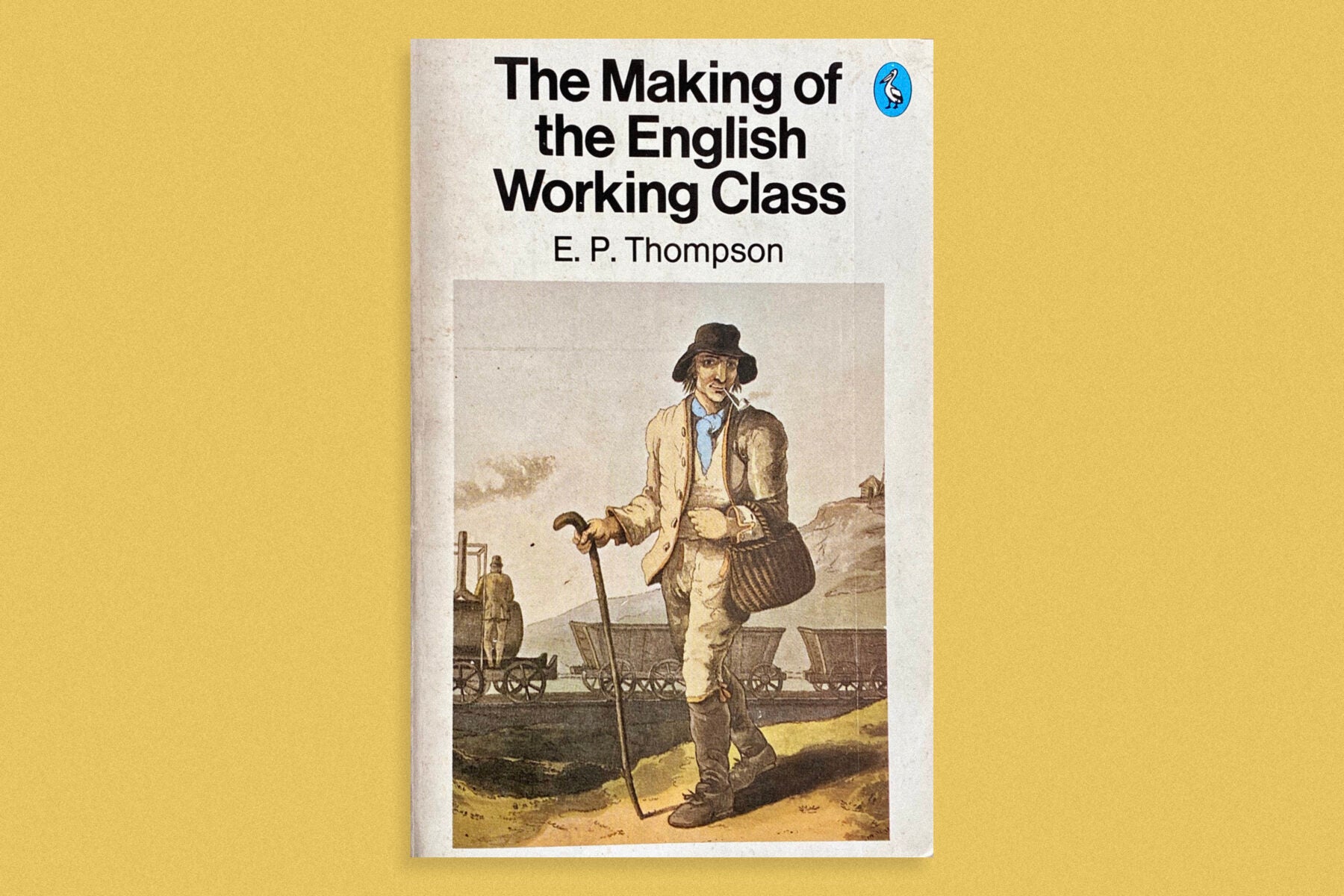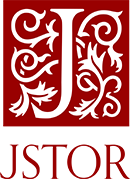There are few books more influential on scholars’ understanding of class than historian E. P. Thompson’s 1963 The Making of the English Working Class, which discussed the role of laborers and artisans, drawing on their own subjective experiences, in forming the class as a coherent group. And yet, as historian James R. Barrett writes, in the United States, followers of Thompson’s ideas ended up decentering class as the single most crucial aspect of workers’ collective identities.
Prior to the publication of Thompson’s book, Barrett writes, many thinkers influenced by Marx viewed the working class as the product of a particular set of labor relations, emerging almost mechanically in the shift from feudalism to capitalism. Thompson instead looked at how workers’ experiences with brutal conditions and exclusion from political and social power affected their views and actions.
“Thompson recognized what many historians seem still not to have learned—that class is not only a material, social, and cultural experience, but is also in a profound sense emotional,” Barrett writes.
This approach struck a chord with a new generation of left-wing American historians who emerged in the late 1960s. In line with the social movements of the time, these intellectuals were interested in the agency and spontaneous organization of oppressed people throughout history. They explored topics like the multi-ethnic world of eighteenth-century maritime work, the role of “the crowd” in the American Revolution, and the young rural women who became the first American factory workers.
Radical historians found parallels to Thompson’s narrative in the growth of the American labor movement in the 1830s, starting with the emergence of trade unions, newspapers, and cooperatives. They also noted how workers created ideological structures such as “labor republicanism” to demand a share of power and greater social equality.
Yet the embrace of Thompson’s methods quickly led to questions about how to understand the American working class. In the US (and elsewhere), international and internal migration, the rise of mass production, and racial categorization took on more significance. For example, just a decade after the emergence of the new urban working-class culture in the 1830s, Irish immigration transformed the workforces of northern cities. This led to splits in the working class along religious lines and the rise of nativist movements. Some historians, such as David Roediger, began to focus on the way certain workers developed a collective identity not as “the working class” but as “the white working class.”
Weekly Newsletter
The picture that emerged was more multifaceted than the one Thompson had painted, with complicated intersections of race, gender, and geography continually unmaking and remaking group identities.
“Although Thompson’s work defined the ‘working class’ for a generation, it also helped to deconstruct the very notion of class itself,” Barrett writes.







